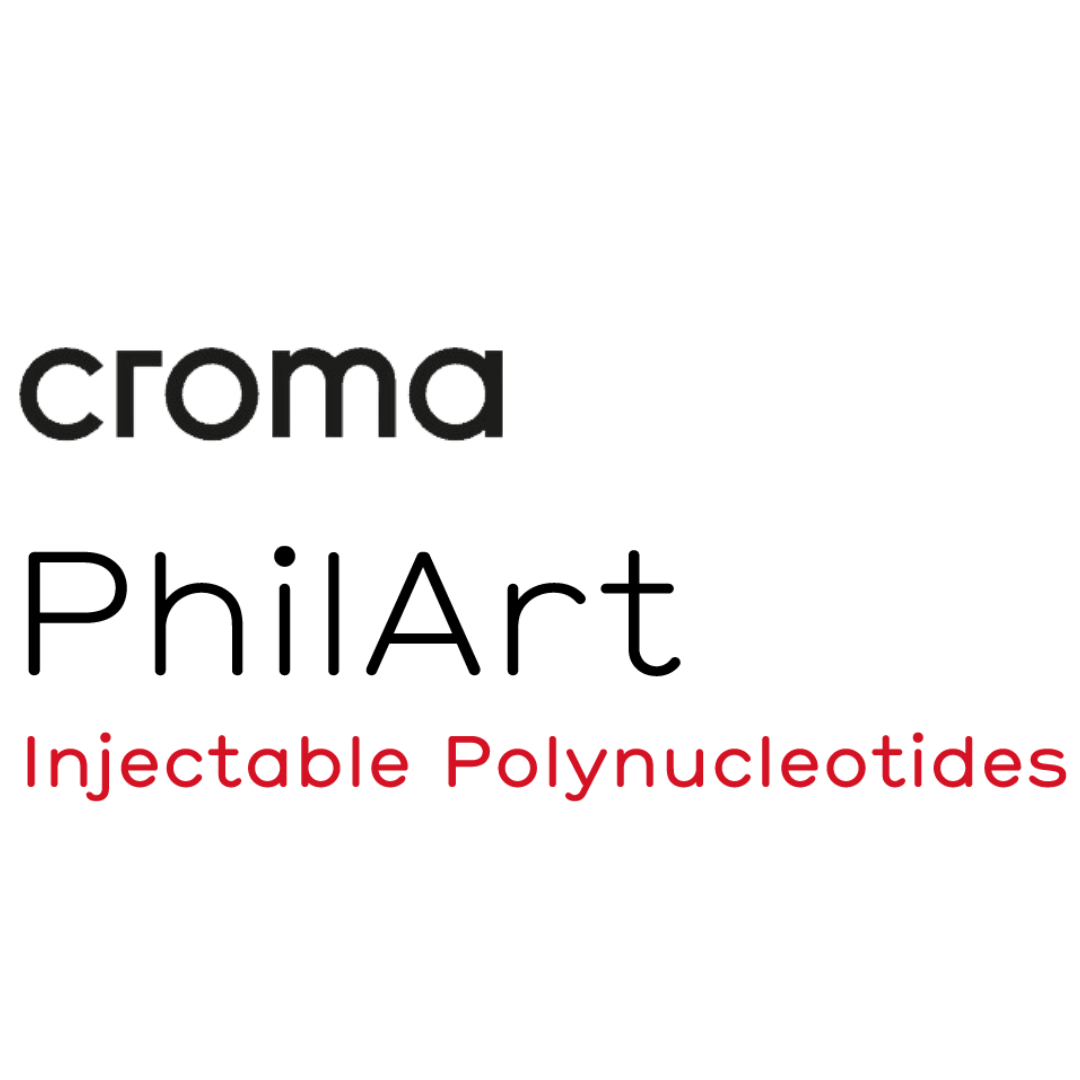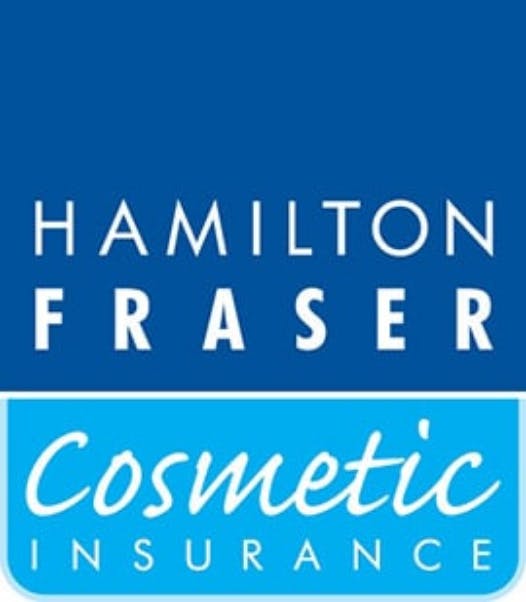How To Prevent Lumps From Filler
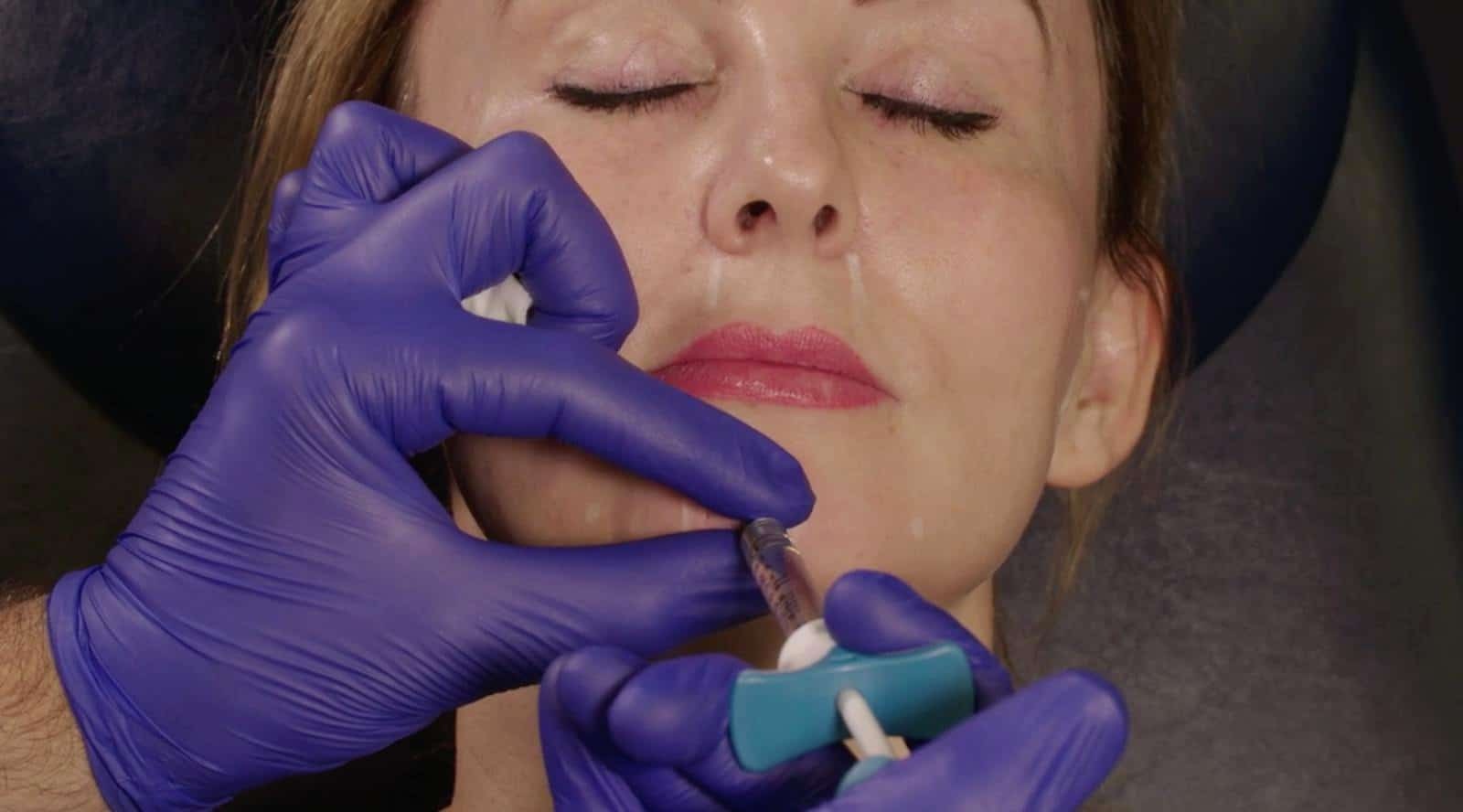
Aesthetic medicine students often want to know how to prevent lumps from filler.
Whilst experience will help you overcome these concerns, there are a number of precautions you can take throughout your career.
These approaches can vary depending on the area being treated. As such, it’s important to understand the correct protocols for all dermal filler treatments, from lip filler to cheek augmentation and jawline contouring.
In order to bring you the best possible advice, we asked some of Harley Academy’s senior faculty members for their tips on preventing lumps from dermal fillers. This is what they had to say...
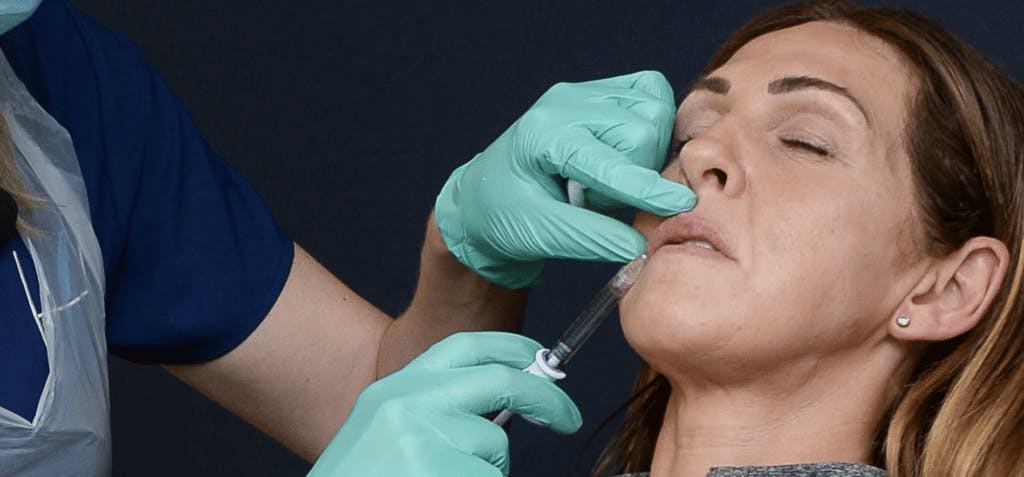
KEEP RETROGRADE THREADS MOVING AND BOLUSES SMALL
Dr Kalpna Pindolia, director of education at Harley Academy and aesthetics specialist at STORY Marylebone.
Retrograde threads should be kept moving. Apart from reducing the risk of vascular occlusion on encountering a vessel, it will distribute the product well.
Keep boluses reasonably small to prevent lumps from filler.
Use firm massage as required, particularly for the lips.
Appropriate filler product selection and technique paying attention to the anatomical area and its properties are key.
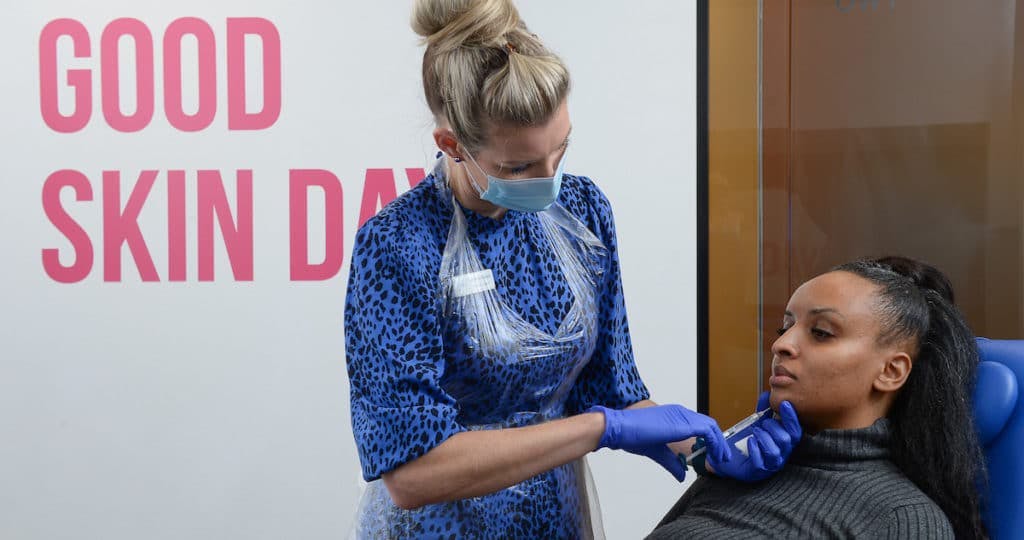
KNOW WHEN TO MASSAGE AND WHEN TO 'MOULD'
Lorraine Guinan, senior clinical trainer at Harley Academy and aesthetics specialist at Imagination Aesthetics.
The best way to prevent lumps from filler is to use the appropriate product at the appropriate layer (depth), using the appropriate technique.
Ensure you know when to massage and when to mould and what is acceptable post-procedure. For example, I would massage the lips but would carefully mould the cheeks or chin and jawline. I would not expect to feel any lumps in the lips but it is acceptable to feel small boluses on the zygoma.
Aftercare instructions are key! Be specific with your aftercare instructions and state the reasons for them.
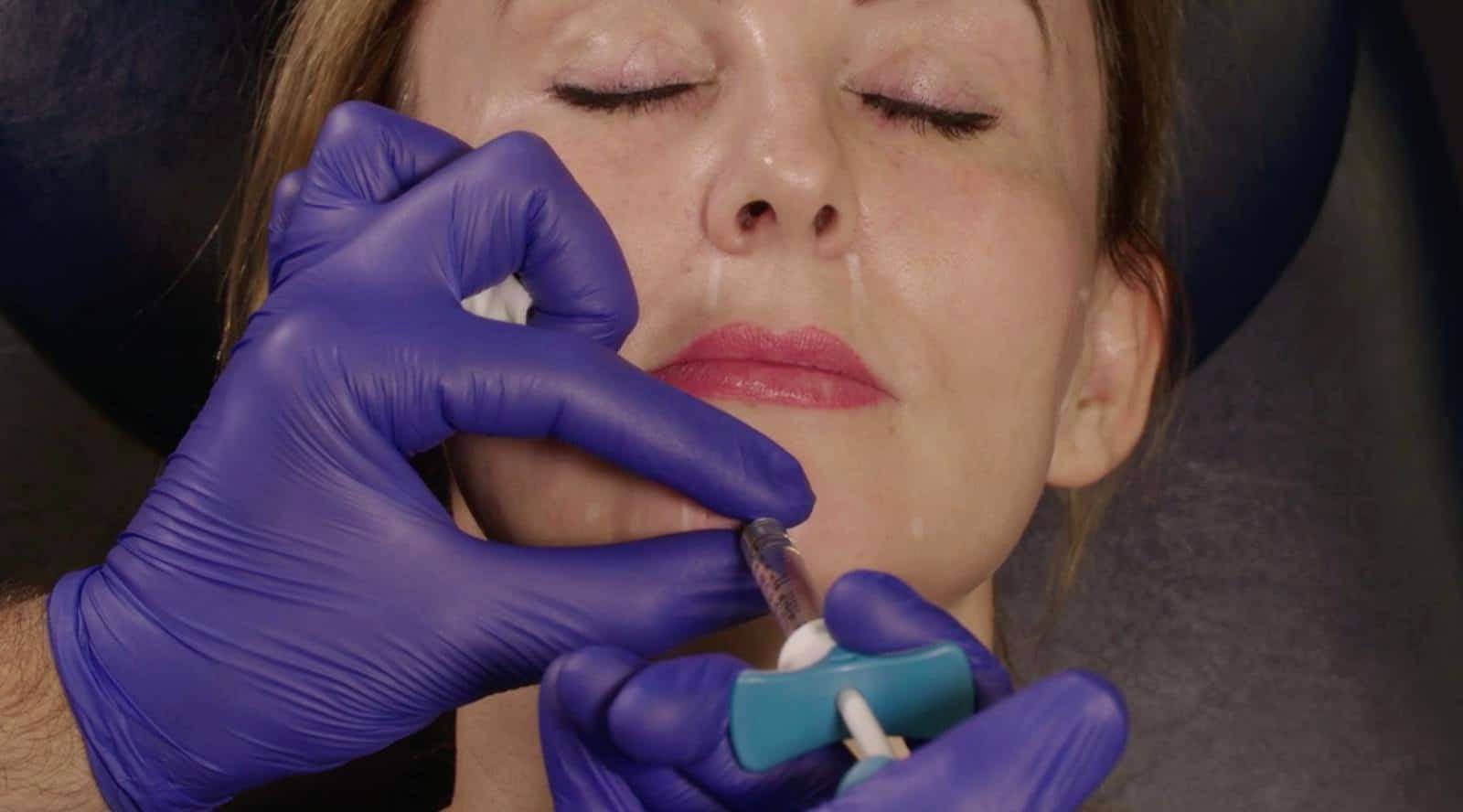
PRACTICE AND USE A STEADY TECHNIQUE WITH LOTS OF MASSAGE
Natalie Haswell, senior clinical trainer at Harley Academy; aesthetics specialist nurse prescriber and owner of Haswell Aesthetics.
Practice, practice, practice is the best way to prevent lumps from filler. I know this is very difficult, especially when you’re new, so just try to make sure that when you’re injecting and you’re retrograde linear threading, so you’re injecting as you withdraw backwards, that you inject with an even amount of pressure.
Take it nice and slowly and if you get any lumps that are visible or if you can feel them, make sure you massage them before the patient leaves. Otherwise once they draw water, because fillers are hydrophilic, or when they come back for a review in two to four weeks when the filler should have settled properly, any lumps will be a lot bigger and a lot more difficult to manage.
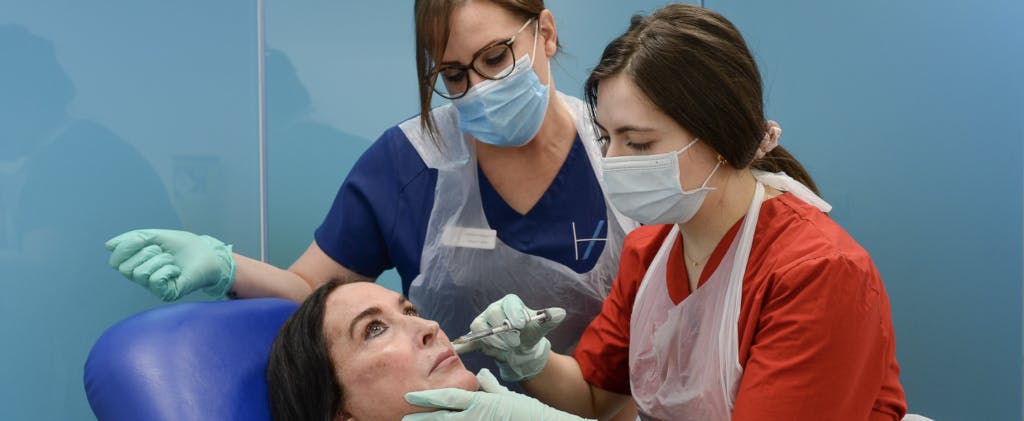
FINESSING YOUR APPROACH TO DERMAL FILLERS
You’ll see there are common threads to our three experts’ advice: practice, perfect your injecting technique and firmly massage – or mould – at the point of injection.
Once you are confident in your abilities as an injector, the protocols outlined above will become second nature. You’ll no longer worry about how to prevent lumps from filler forming – it’s something you will do instinctively.
This is why getting as many treatments under your belt as possible whilst you are training is always a good idea. Aim to treat as many different areas and types of patients as possible, with a range of ages, genders, skin tones and severity of complaint.
You’ll perform a number of these injections under the guidance of an experienced clinical mentor as part of your Level 7 Diploma in Botox and Dermal Fillers.
For those seeking extra support or who simply want to put in more time to finesse their technique, consider our Injectables Masterclasses.
We hope you find our specialists’ advice helpful and look forward to hearing from you if you put any of their tips into practice! You can leave us your feedback in the comments section of our Instagram page.










